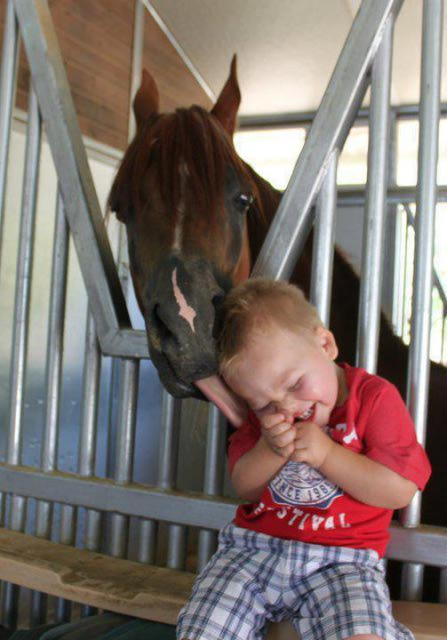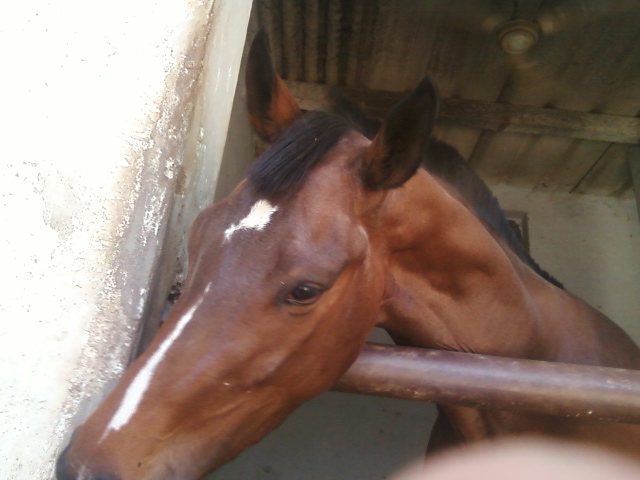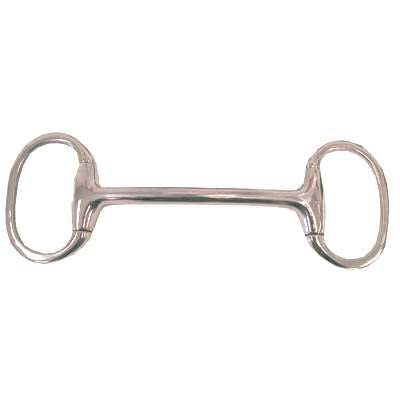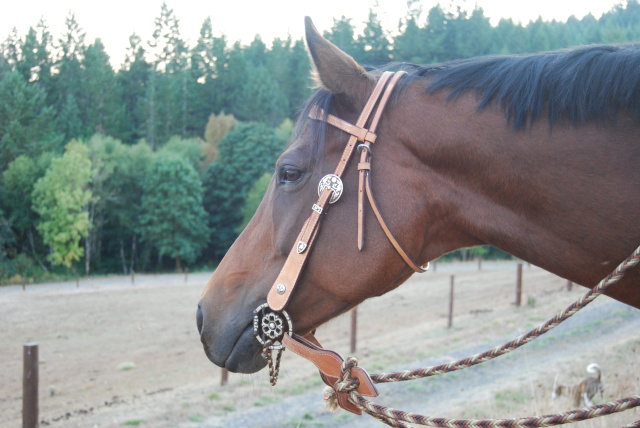QuestionI have a 9month old range bred mustang colt that Ive had for 2 months. He had no contact w/humans for first 7 months.He is now comfortable with me with touching him everywhere,grooming worming. He still isnt crazy about being haltered but will accept it if I do it while he is eating his grain then after he's done eating I do alittle leading , moving his forehand/haunches over getting him to give to pressure at the poll and lowering his head down to remove the halter. Now to my main problem is with handling his feet. he desperatley needs to be trimmed. He did really well for a little while with me rubbing his legs and to give when I rubbed his chestnuts in front and his hocks for back but he tries to bite my legs or grab my clothes and bite me(in play not meanly, so I tried to tie him and he either drops to his knees or tries to bite.I dont want to resort to tying him up short and I work him by my self. I do have him seperated from my other 2 BIG horses in fear they will hurt him and he thinks Im his play mate.I have been using Parelli method which I hope will eventually work but his thought processes are so different from my other 2 domestic horses.(my first experience w/mustangs).Any suggestions would e so appreciated.
AnswerKaryn -
I am a big fan of safety - especially when it comes to picking up the feet. So I use a thick, soft cotton rope. The rope allows me to pick up the legs, but not have my head anywhere were it can get kicked.
First you want to get a long stick with a bandana on it. A lunge whip with the "whip" part cut off works really well. That flag on a stick will allow you to touch him all over, while safely standing in front of his shoulder. It is basically a longer version of the Parelli carrot stick. Make sure you can rub him all over with it before you move on to picking up the feet.
Then, with your cotton rope, form a loop on the ground next to the horse. Put it in a place where you can turn the horse, or move him forward or backward to get his front foot in the loop. Once his foot is in the loop, take the slack out of the rope so the rope rests on the heels of the horse. He may get a little upset at first, but that is okay. Since you are not tying a knot around the hoof, the foot just falls out and you do it again.
Once the rope is resting on the horses heels, pull the rope so that the hoof comes slightly off the ground. Then, almost immediately put it down. Each time you pick the leg up, hold it there for a little longer. When he is good with picking the foot up with the rope, you can transition to picking up the hoof with your hand and holding it forward. Then pick up the hoof, bring it forward, and then start swinging it back into the more traditional position.
Once you can pick up the hoof and swing it back into position, tap and twist the hoof to get the horse used to how it feels when the farrier is rasping the hoof.
When the horse is good with both front feet, you can move on to the hind ones. When you do the hind ones, you want to take the rope and tie a slip knot in one end. That knot goes on the front leg, just above the knee. Then you do the same thing by forming a loop, and moving the horse to step into it.
You do the same things you did with the front legs, but I like to take the flag on a stick and rub down the back leg good while the leg is up. It makes me feel more comfortable about getting my head back there.
I would not tie him up when you do this, I like to take the lead and tuck it into a pocket, or under my belt. That way it comes loose in case of an emergency, but I still have good control over their head. Keeping him apart from the two other horses will help for now, but eventually you need to introduce them. Typically younger horses don't get beat on when they first get introduced. Usually the younger one takes a submisive posture right away and there are no big problems. I would recomend introducing him to one horse, and then when he is getting along with that horse, bring in the other one.
As for the Parelli method - I am personally not a huge fan, but if it works for you that is great. Just keep in mind that there is no one method that will work for every horse. And a blend of methods is far better than just one.
Best of Luck!
Michael Hockemeyer
Kicking Bear Mustangs

 licking palm or face
Question
licking
hello maam, what does it mean i
licking palm or face
Question
licking
hello maam, what does it mean i
 K K snaffle
Question
K K snaffle
hello, what are K K snaffles? is i
K K snaffle
Question
K K snaffle
hello, what are K K snaffles? is i
 filly with red eyes
Question
red eyes
hello maam, this is the photo
filly with red eyes
Question
red eyes
hello maam, this is the photo
 straight bar V single joint bit
Question
mullen mouth
hello maam, do straight ba
straight bar V single joint bit
Question
mullen mouth
hello maam, do straight ba
 followup progress/
QuestionQUESTION: Denise, First of all thank you so muc
followup progress/
QuestionQUESTION: Denise, First of all thank you so muc